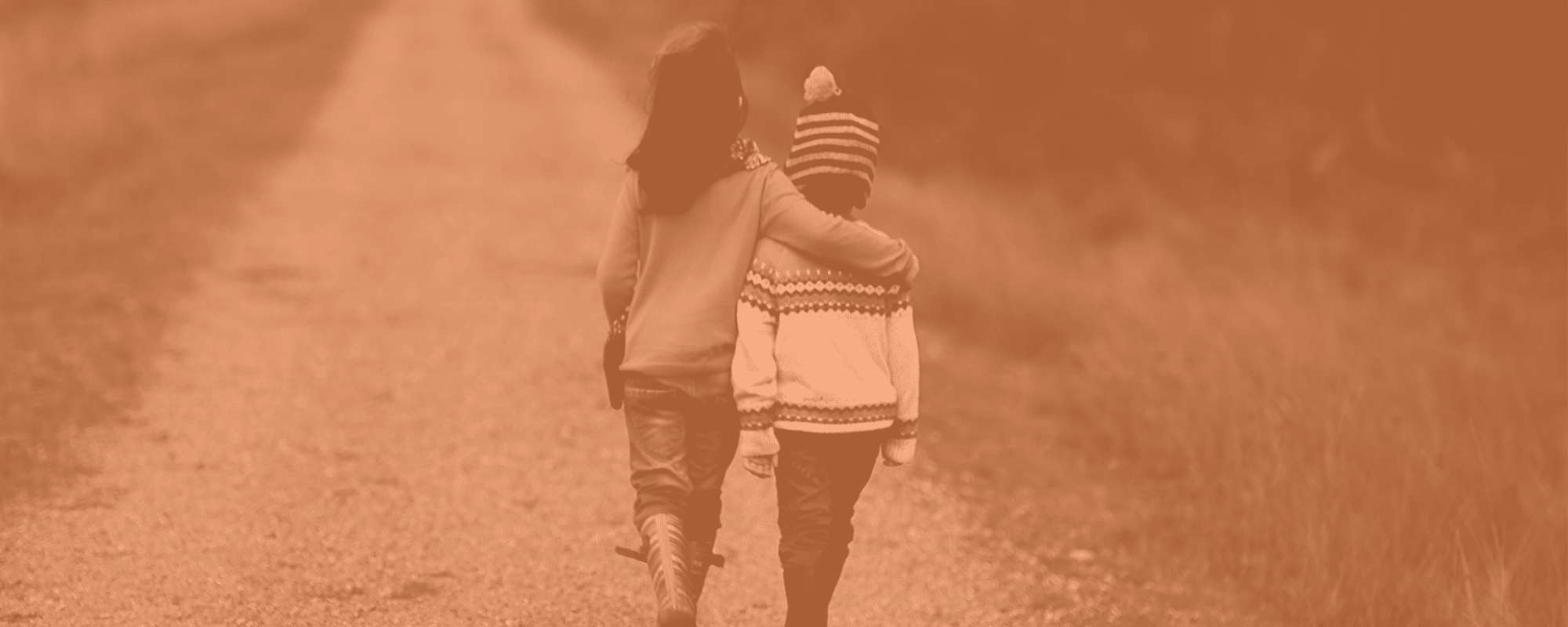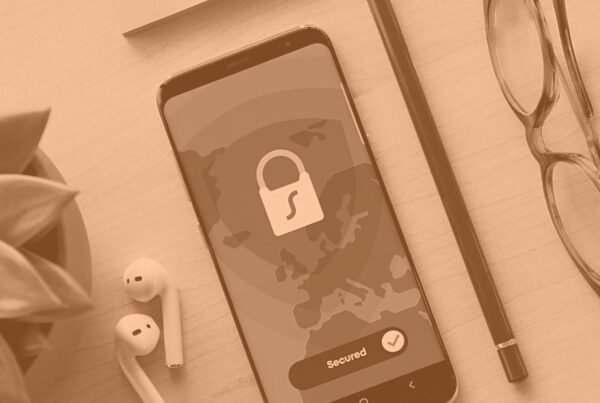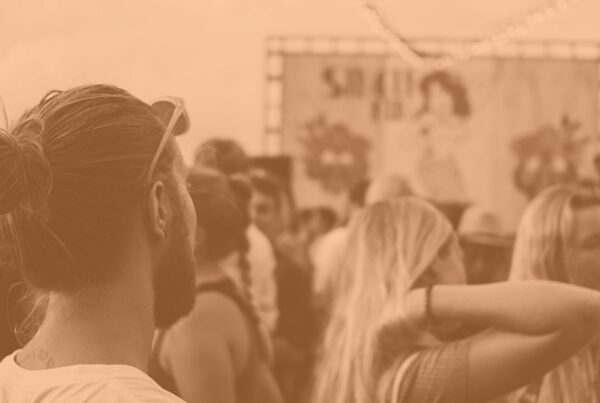Why is it important to design events with empathy? Actually, let’s not start there. Why is empathy important in general? And why should we, as event profs, pay any mind to it? Well, simply put, because we’re humans. Because we’re putting together experiences for people, and we want them to have an amazing experience. And this seems like something automatic, something we don’t have to think about because we just make it happen by default. Right? Unfortunately, not quite.
So we decided to open up the conversation surrounding empathy, and designing events with empathy. The Event Brew crew is here to discuss the topic in-depth, share their opinions, and share their tips. And if you find this something that is lacking in the industry, then wait no longer to join Dustin Westling, Nick Borelli, and Thuy Diep. Press play and let’s turn up the empathy!
Click here for the full audio transcription.
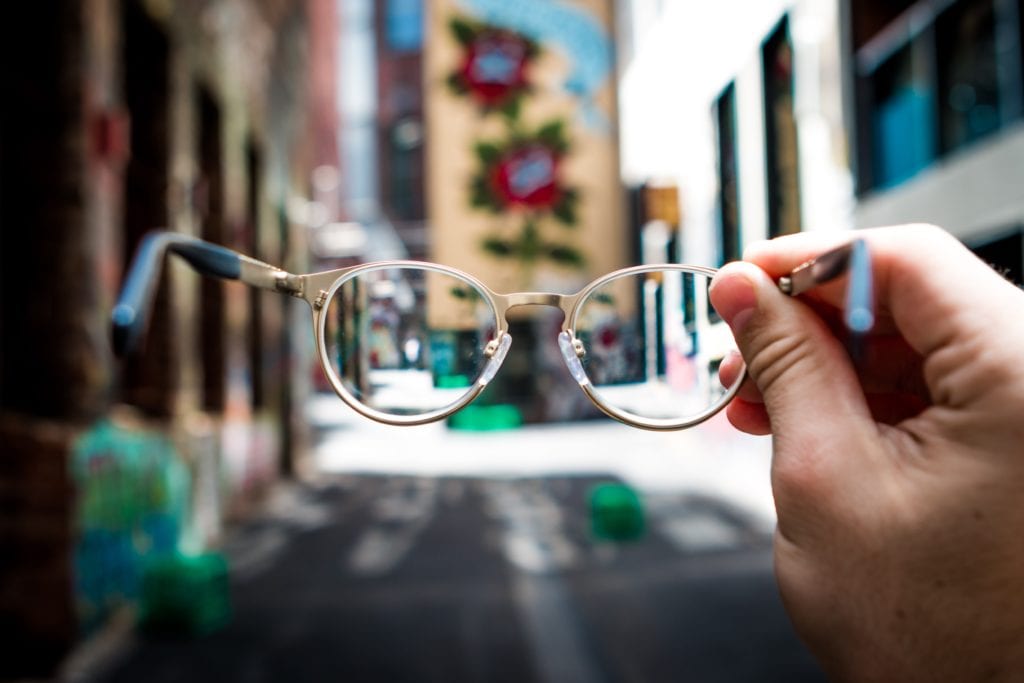 Why Does Empathy Matter?
Why Does Empathy Matter?
Nick kickstarts the conversation about events with empathy. “I really latched onto the idea of intentionally designed experiences as a definition of what they are. And they exist to create behavioral change as far as I believe. And then that’s kind of changing someone from a state into a different state. That requires you to have a deep understanding of what the initial state is”.
What Designing Entails
“You know, what’s that environment? How does that person experience the world? What is unique to them? And then when you design something, be it the strategy, the design phase or the execution phase, you should have an awareness of your audience and all of their eccentricities. Because without that, you find that you’re only resonating with some people and you’re missing out on lots of opportunities”.
“I think that one of the reasons event planners’ empathy isn’t as developed is because their intellectual skills are actually really developed with the number of things that they have to know how to do. The practical, the strategic. There’s so much asked of them that they rightfully so believe that they’re pretty smart. And with that, they think they know better. And that gets in the way, I think, of the humility sometimes required to make empathy work”.
Understanding Empathy
“I wanted to set the table with the three types of empathy”, says Nick. “Mostly because I believe that people latch onto one of those as their definition of empathy. And really, there are three different kinds. And there’s one that we can really work on, and then the other two aren’t necessarily as something that is developable for planners. So there’s cognitive empathy, and that’s the main one. That’s largely conscious driven and it recognizes understanding other people’s emotional states. This is sometimes called perspective-taking. So this is an active type of empathy and it’s an intellectual thing”.
“Emotional empathy, it’s kind of appropriating other people’s emotions”, he continues. “It happens automatically and unconsciously. You know, you feel what other people feel. I experience this with kids a lot, as I have them and I see a lot of kids. And then there’s somatic empathy, which is the one where you’re kind of reacting to things that you’re seeing in an unconscious way. To give you an example, you watch a movie and somebody throws a football on it. And it hits them in the head and you go, “Ooh, ow.” You know, and you feel, you wince. You make a physical reaction.
“There’s no reason to do that. That person’s not there. That’s not intellectual, that’s not trying to make that person feel better. It’s just a learned behavior that’s built into us as human beings that we’ve evolved to have. So cognitive empathy is really what we’re talking about today. It’s actually practiced, you can get better at it. There’s no, people are born with a low to high empathy. It is a thing that it is a skill, and you have to continuously work on it”.
The Road To Events With Empathy: Practice
“I do work with a team that does apply that to event strategy”, Nick explains. “So we do workshops and we have discoverability exercises called a design lab. And this is with the Design Studio by Maritz Global Events, and we ask a lot of tough questions and we look at a lot of event data to tell people what different types of people are actually doing at their events. And we also get to the heart of the emotion behind the attendees”.
“It helps us understand based on other experiences we’ve had with similar behaviors, the psychology of the people going into, potentially, this event. And that happens at a strategic level. Because we’re trying to determine what the organizing principle of the entire event is, like, what’s the purpose? We can’t do that unless we know who it affects and how to affect them”.
Rethinking Your Strategy
In order to design events with empathy, we need to take a step back from the business side of things. “Empathy really allows you to step back and say, “What’s in it for the attendee?” Number one. Not what’s in it for the brand that I’m trying to push upon them. But how am I adding value to their lives and what are their lives like right now?”, says Nick. I think that stuff is super important on the strategy side. But honestly, the design part is where you really have to be humble. And also truly creative in a way that is not how most people judge creativity. I think people judge creativity on aesthetics often, and they judge it on arbitrary subjective stuff and not overcoming and being accommodating. I think that one of the coolest aspects of design is the fact that design can create win-wins”.
“You really can see that we are designing with empathy more and more”, says Dustin. “From when you look at brand execution and how brands are looking at the world and how they’re attracting a new audience. You can tell that there is a strategy of empathy put into it and connecting with people on a personal level. When you stop thinking about the business of everything that you’re doing and you start thinking of the audience and the person, you can drive much, much better results. I say all the time, I want to create experiences that touch people both professionally and personally. And it’s not always business all the time”.
“And everything from my contributions with associations and different conferences that I work with, it doesn’t always have to be this straight-up return on investment business”, he adds. “There has to be a connection there. It’s okay to have a goal that allows somebody to take something home. Something that is not necessarily something they’re going to take back to their office. But something they’re going to take back to their life to make it better which in turn makes them better at what they’re doing”.
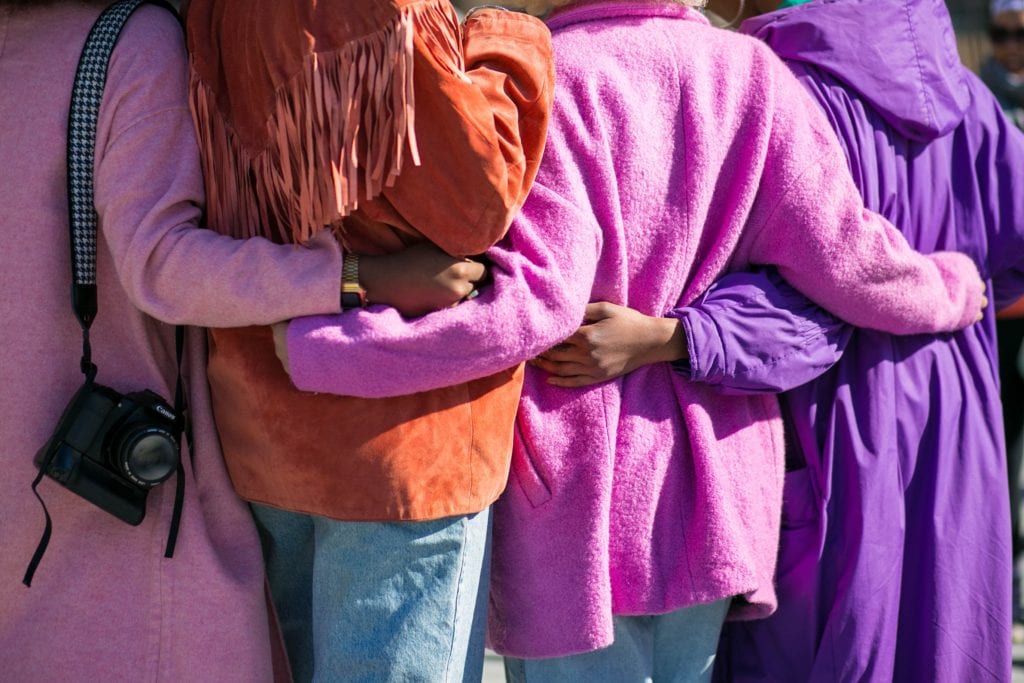 The Individual
The Individual
“So when you put in empathy in designing events, you also have to think about, what’s that individual experiencing now?”, says Thuy. “Because it’s not how it was back then, prior to technology. And so it gets more and more complex. But it’s also really exciting too, because people have to think about, planners have to think about those elements too”.
“When someone is sitting down and everyone gets their meal except you because you have a peanut allergy and there are peanuts in it. And then you get your food late or it’s called to attention, or there’s saran wrap on it, or it gets really early. I just think of that experience and it isn’t the experience you want for everyone else. But you’re excluding someone from the experience because you didn’t do well enough in design”, says Nick.
Personal Experiences Matter In Designing Events With Empathy
“And it’s not like you didn’t design for it, you ticked the box. So as an event planner, you did your job. As an experience designer, you did not. And I think that that bridge is empathy. You have to be able to have experienced that. And you know, I try to attend a lot of events just as an attendee and just pay a lot of attention. That’s one of those things where I looked in the eyes, I felt the pain of that. And I’m like, “This must happen to that person all the time.” So it’s not that you did it once to them”.
“This is like the 10th time this year for that person. And you had the ability to be the one that wasn’t that and create that personal connection, that would personally make them feel good. And potentially open them up, then, to being more receptive to the messaging and the behavioral change that you want to have. Be it education, be it a trade show, whatever it is. You have to first see people and design for people before you design for them as a client, as a potential client, as a person to be impressed, or any of those things. Those are roles that are secondary to what you have to first cover, which is you have to make sure that you deal with them as a person.”.
Walk A Mile In Their Shoes…
Thuy raises the question of how can one be empathic if they are “not able to really dive deep and put yourself in that attendee’s shoes”. And to this, Nick says to “catalog your emotions in real-time. Document them when you’re an attendee, that was not part of the design of something. It’s pretty useful, I’ve done it a couple of times. And there was a lot of anxious, bored, stir crazy, hungry, those kinds of like marks. Then look at that as like, okay, well we can do better in this or that”.
“And you know, I experienced these emotions. I wonder if my attendees are as well. And then you can start asking questions. And I think that like an event designer specifically needs to be able to figure out some exercises that make them more humble, more receptive, better listeners. They need to be fans of the type of work they do. If I could say to you guys, what are the three big conferences you’re going to attend this year for your industry? And what are the three conferences that you’re going to attend this year specifically to hone your ability to understand what attendees want? We should do that more, I think”.
Events With Empathy: Kickstarting The Conversation
“There should be an attendee of your events that you design who have no role whatsoever in the event itself”, says Nick. “And they need to be a secret shopper or a not secret shopper. But you need an attendee point of view. So when you have that wrap up event, you have someone sitting at the table saying, “Well yeah, but you know what? We were all kind of hungry.” Or, “Everyone was kind of saying this.” And you weigh that against your surveys and you weigh that against your event data. But it is an emotional barometer out there experiencing it firsthand. And look, if you have somebody else that you know that’s an event industry professional who can see things, and you want that perspective, you say, “I’ll do one for you, you do one for me.”
“So it’s an experience audit”, he continues. “We attend events as an attendee, and we document things that we see. And often it’s a trade show, so we’re looking at the trade people themselves, the exhibitors. We’re providing third party recommendations so the salesperson doesn’t deliver bad news. And also looks at the event data and contextualizes it a little bit better. But yes, experience auditing, that’s what that is. But what I’m suggesting, that’s no price, it’s good community behavior”.
Post-Event Surveys
“It seems like this conversation needs to get into everybody’s post-event surveys”, says Dustin, “And surveys need to be really written in a way that addresses this and gives you the real data on empathy and personal experience. I mean, I respond to most surveys that I get, most post-event surveys. As long as they’re not too long, I’ll take the few minutes to do them. And I often wonder what they learned from me by asking the questions that they asked. I don’t know that I’ve done a lot where I’ve thought these people really care about my personal experience. They’re asking about the experience as a whole, not about me within it. And I think there’s a lot of work that can be done there to drive some real information, and how you can put this into practice”.
“I do know that if you want to get to the heart of change in behavior as far as the idea of the questions, you need to have questions like where did you start off? You know, are you in a pretty good place right now this year, and when you attended this? Are you dealing with a lot of anxiety right now? Stuff like that where you can put that into consideration and weigh that”.
Belonging & Inclusion
“I think that you just have to look at these things and know you will not get the same result by doing the same work”, says Nick. “And I think you have to just stop and just change this whole thing. To the degree that I think one of the biggest benefits is inclusion. And then the next kind of level of that is the idea of belonging. Belonging is knowing that this is the right place for me to be. And I think that these are my people. I should have them as a client. Like, we just gel. That’s what we have to be able to figure out how to make”.
Bottom Line: You Can Do It
“I think that this is such a great opportunity for our pros to grow”, says Dustin. “This is something that doesn’t need a lot of resources. This is something that you don’t need to put in a five-year plan for. And this is something you can just start doing tomorrow, and these are the things that are going to allow each segment of our industry to really stand out and to own our values”.
“Designing events with empathy doesn’t cost money and it’s not technical”, adds Nick. “Those two terrible barriers are not part of this. It’s just a different way of thinking. It’s a question asked after things are done. And say, you know, “Have we considered everyone else’s experience?” And then it’s a way of taking in the world throughout the year that is a little bit more alert, a little bit more eyes open. Again, tempering all of our smarts with some humility and saying, “Look, maybe I don’t know anything.” And being okay with that, and that makes you smart. It really does”.
Conclusions
And that’s a wrap on this week’s edition of Event Brew! So, are you excited to start designing events with empathy? Make sure you check out the resources we have below. And don’t forget to tune in next week for some extra event brewing!
Resources
Hat Tips To Ross Shafer’s Caring Counts
Belinda Parmar’s The Empathy Era and The Social Neuroscience Of Empathy.
How to Touch the Core of Your Audience to Design Better Event Experiences


